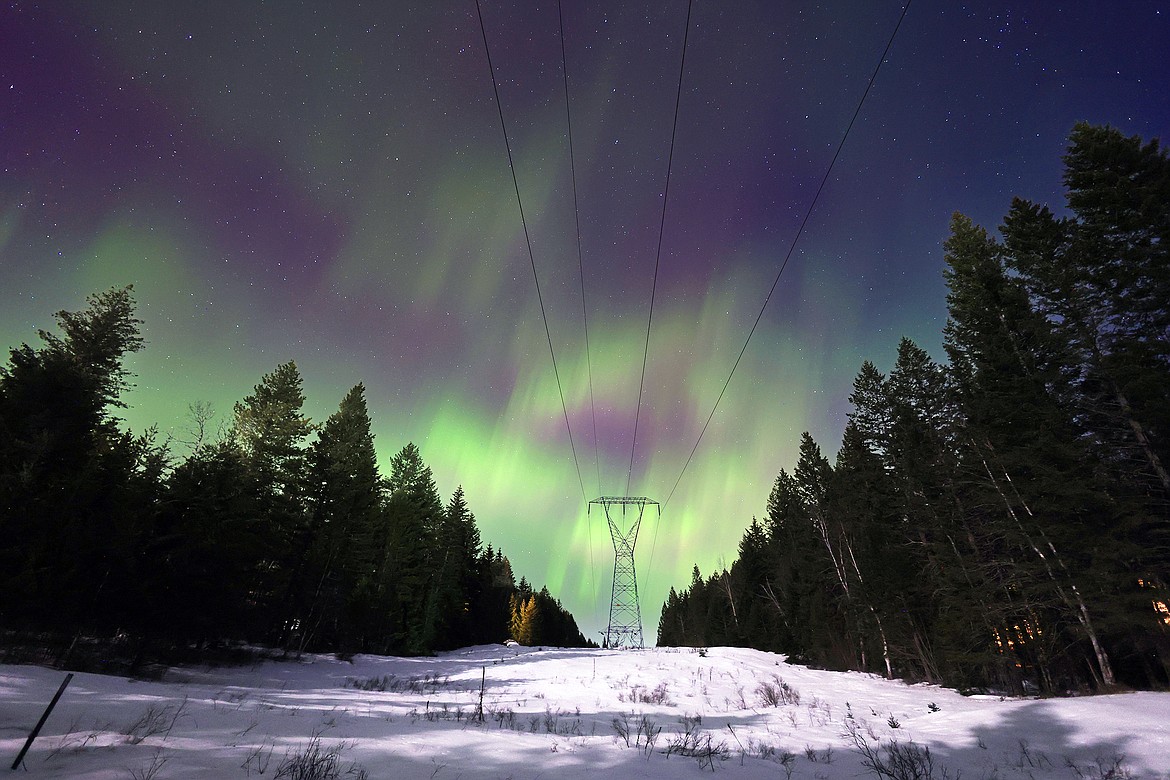Montana needs reliable energy
Last week the big news was the record setting minus 22 degrees. Many used the event for cliché laden debates on “climate change.” A onetime event does not indicate climate change or causation. Global trends are not established by the record high or low temperatures in Laurel. Even more fun is the discussion of facts and the implications of those facts.
The dance between high and low pressure areas, which caused the cold spell, was not the impetus of this discussion. Rather, it was a Facebbook post by Montana Public Service Commission President Jim Brown.
On Jan. 13 Brown posted, “If you are a NorthWestern energy customer, as of 6:30 a.m. this morning, here is where the power that is keeping you warm at present is being generated ... hydro 202 MW, thermal 292 MW, wind 0 MW, solar 0 MW.”
To put a fine point on it, if NorthWestern were more reliant on renewable energy and less blessed with thermal energy fuel/generation, every pipe in their Montana service area would have frozen. People and livestock would have perished.
The “soft cap” on market based energy purchases is $1,000 per megawatt hour. NorthWestern customer’s normal cost of rate-based and contracted energy is $70 per megawatt hour.
At my recent Energy and Telecom Interim Committee meeting, response to the record-setting cold was a main focus. NorthWestern Energy and our Public Service Commission presented the process and numbers required to provide the power that heated our homes and businesses.
Environmental groups challenged that over-reliance on natural gas to heat homes and generate electricity was a mistake because there are issues with supply and pipeline capacity. They inferred that building more pipelines and gas storage was a non-starter with them. And they pointed out that during the cold snap renewable energy over performed on several days.
“Renewable” usually means that the energy is intermittent. Too hot or too cold, and the wind is a no-show. Too cloudy, or dark, and solar is a no-show when it is needed most. Reliability is never part of the contract.
A letter from the South Dakota Public Utilities Commission to the head of Excel Energy asking them not to follow the national trend by closing down coal plants and replacing them with renewable generation spawned spirited discussion. They pointed out that such closures could cause blackouts even during normal weather patterns.
The corporate impetus is that there are massive tax breaks for building renewable projects and major legal hurdles put in the way of even the maintenance of fossil fuel generation or procurement of fuel.
Witness the recent decision of Judge Seeley in the “climate kids” case, AKA Held v. State of Montana. Though an identical suit was dismissed by the 9th Circuit the juvenile plaintiffs argued that fossil fuels interfered with their right to a healthful environment and that renewable resources are available and viable. One plaintiff testified that climate change caused his feet to feel hot during soccer practice. The Montana Supreme Court has ruled that Seeley’s ruling is enforceable until their final ruling. The federal court ruled this issue is best handled by the legislative and executive branches of government.
The most recent concern is a plan to breech four hydro-electric dams on the Lower Snake River because several tribes claimed the dams resulted in lower catches of salmon.
The four dams produce 3,000 MW of electricity at full pool and 1,000 MW at low pool. The dams all have fish ladders that allow 90% of the salmon to migrate and spawn. If breeched the generation would be replaced by wind generation.
Given the same cold snap as Montana just experienced that would be zero generation. The final decision will affect 100,000 Montana co-op members
Perhaps Attorney General Austin Knudson should have pointed out to Judge Seeley that the right to a healthful environment includes the right to not die in the cold and dark.
Sen. Brad Molnar, R-Laurel, is a former Public Service Commission vice chair.


